Villanova, Bud Dudley, and the Acme Supermarkets Giveaway
Just as some colleges and universities kept their games from being broadcast by radio in the 1920s due to depressed in-stadium attendance, the same occurred in the early 1950s when televisions arrived in most American homes. The increased cost of two-platoon football’s larger rosters and coaching staffs combined with reduced game attendance due to the televising of top games led numerous schools to drop football in the early 1950s.
Villanova was still hanging on, hoping to turn things around when it hired Bud Dudley as their new AD. Dudley played football and basketball at Notre Dame before joining the Army Air Force and flying 54 combat missions as a B-24 navigator. Unfortunately, Bud started the job at Villanova on August 26, 1953, and their first game was September 19. Villanova had struggled with attendance in recent years, averaging 10,000 fans for their one or two home games per year. Still, he took the job knowing football needed to support itself financially or face the chopping block
They played a big-time schedule then and did well. The 1951 team finished 5-3 after opening with wins over Army, Penn State, and Alabama. In 1952, they went 7-1-1 with wins over Kentucky, Clemson, Wake Forest, and BC.
Yet, on Bud Dudley's first day sitting behind the big desk, Villanova had sold only 800 tickets for the opener with Georgia at Philadelphia's 98,000-seat Municipal Stadium. Dudley got busy calling on area businesses to buy tickets and give them to employees. Dudley then hit on promoting the game through Acme Supermarkets, a large chain that still operates in the area.
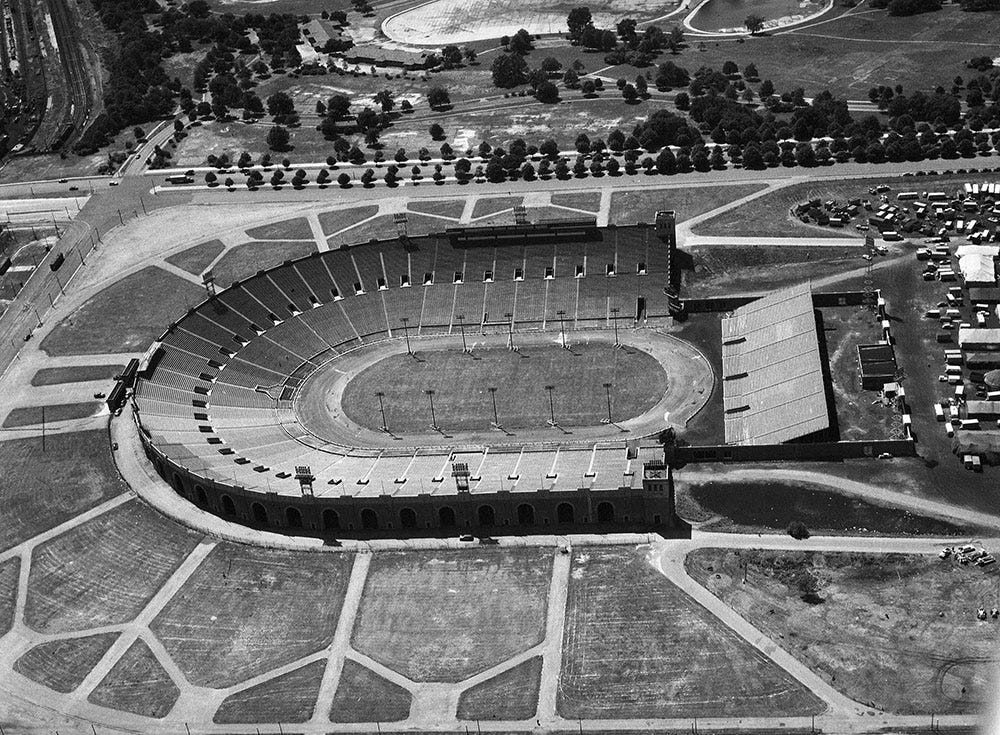
Acme agreed to buy 40,000 tickets and give away one ticket for every $10 in groceries purchased. Those 40,000 ducats were gone after little more than a day, leading Acme to buy 17,000 more, and those quickly flew out of the stores as well.
Word of the big blocks of tickets sold to Acme got regular fans concerned about a sellout or excited about a festive game atmosphere, so ticket sales through traditional channels boomed in the days before the game. Ultimately, the game sold out, but how many of those receiving free tickets from their employer or grocer would show up for the game?
After their 7-1-1 season in 1952, many touted Villanova as the top team in the East, while Georgia had quarterback Zeke Bratkowski, the future Lombardi-era Packers backup, then touted as the nation’s top college passer. Incredibly, 98,000 fans showed up for the night game, topped that season only by the 102,000 that saw Army-Navy in the same stadium at season's end.
With the crowd behind them, Villanova took a 12-0 lead in the first quarter, but a few Bratkowski passes loosened up the Nova defense, allowing Georgia to run to a 32-19 victory.
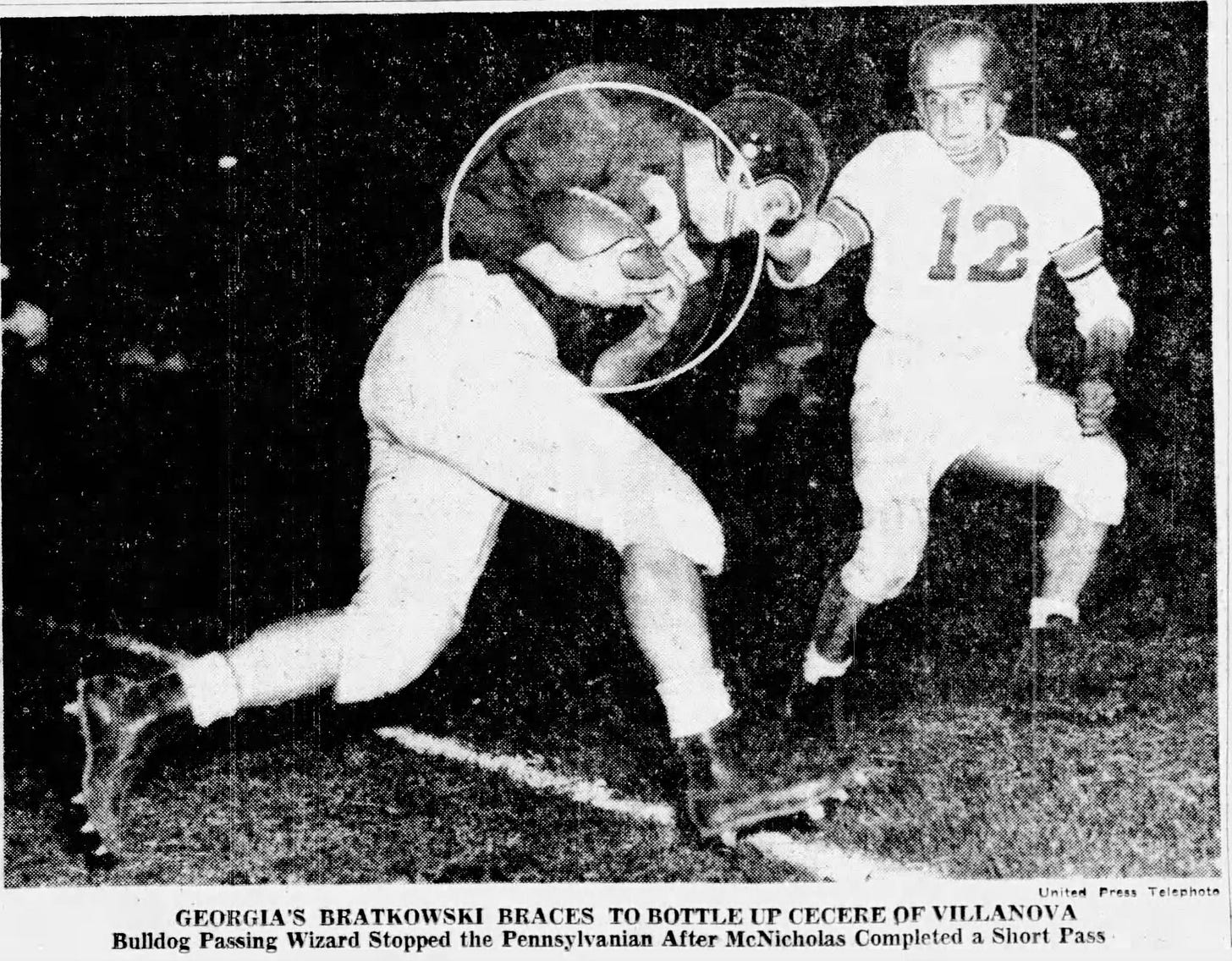
The disappointing game outcome was offset by the appearance of 98,000 fans who tripled the Wildcats’ typical revenues.
With Acme Supermarkets choosing not to repeat the block buy for the other home game against Syracuse, Dudley took a different path pursuing the women he thought had filled his stadium. For Syracuse, women were admitted for $1 per ticket and enjoyed a women's fashion show on the field at halftime. Only 10,146 fans showed up, but the Wildcats beat Syracuse 14-13 to finish 4-6.
One poor fan, who later said he had not needed groceries, went to his local store and bought $30 worth. Upon requesting his football tickets, he learned that the $30 in groceries purchased at his local A&P store would not result in him receiving tickets.
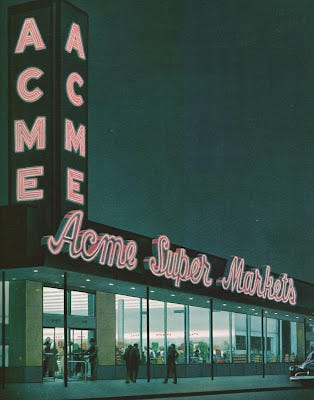
Villanova had two home games in 1954, and Acme must have shifted marketing dollars around since they purchased 85,000 tickets for the home opener with Mississippi, a game that attracted 95,607 fans. They bought another large block for the Houston game, which put 57,817 butts in the seats. However, Villanova was blasted off the field in both games.
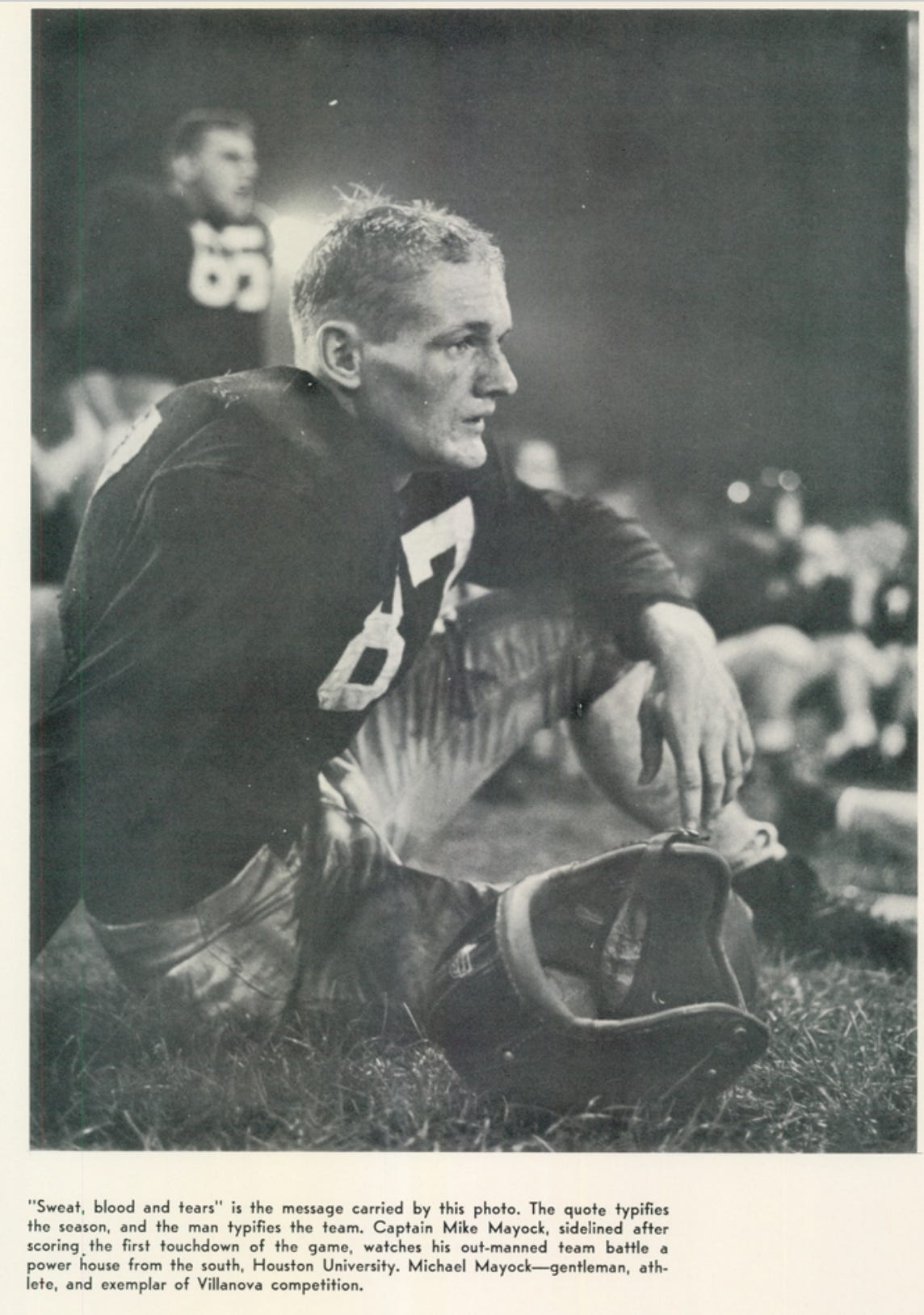
Villanova and Acme got the band together again in 1955 for the Baylor game, attracting 63,409, though Acme Supermarkets hedged their bets by also giving away 92 mink stoles and 12 Cadillacs that fall.
The Baylor game ended a fantastic shot in the arm for Villanova football. Supermarket and football game tie-ins popped up around the country, though they did better at the high school level than among colleges. Then, they faded away.
A few years later, Bud Dudley started the Liberty Bowl. First played in Philadelphia, it relocated to the Atlantic City Convention Center to become the first indoor bowl game before moving to Memphis. That part of Bud Dudley's handiwork continues today, but supermarket chains buying 85,000 college football tickets at a time are long gone. Still, it was fun while it lasted and you got a few meals out of the deal.
Notice: FootballArchaeology is not subject to Trump’s idiotic tariffs, so the $50 annual subscription is still just $50. Buy one today! Or, buy two and read each story twice!
Click Support Football Archaeology for options to support this site beyond a free subscription.


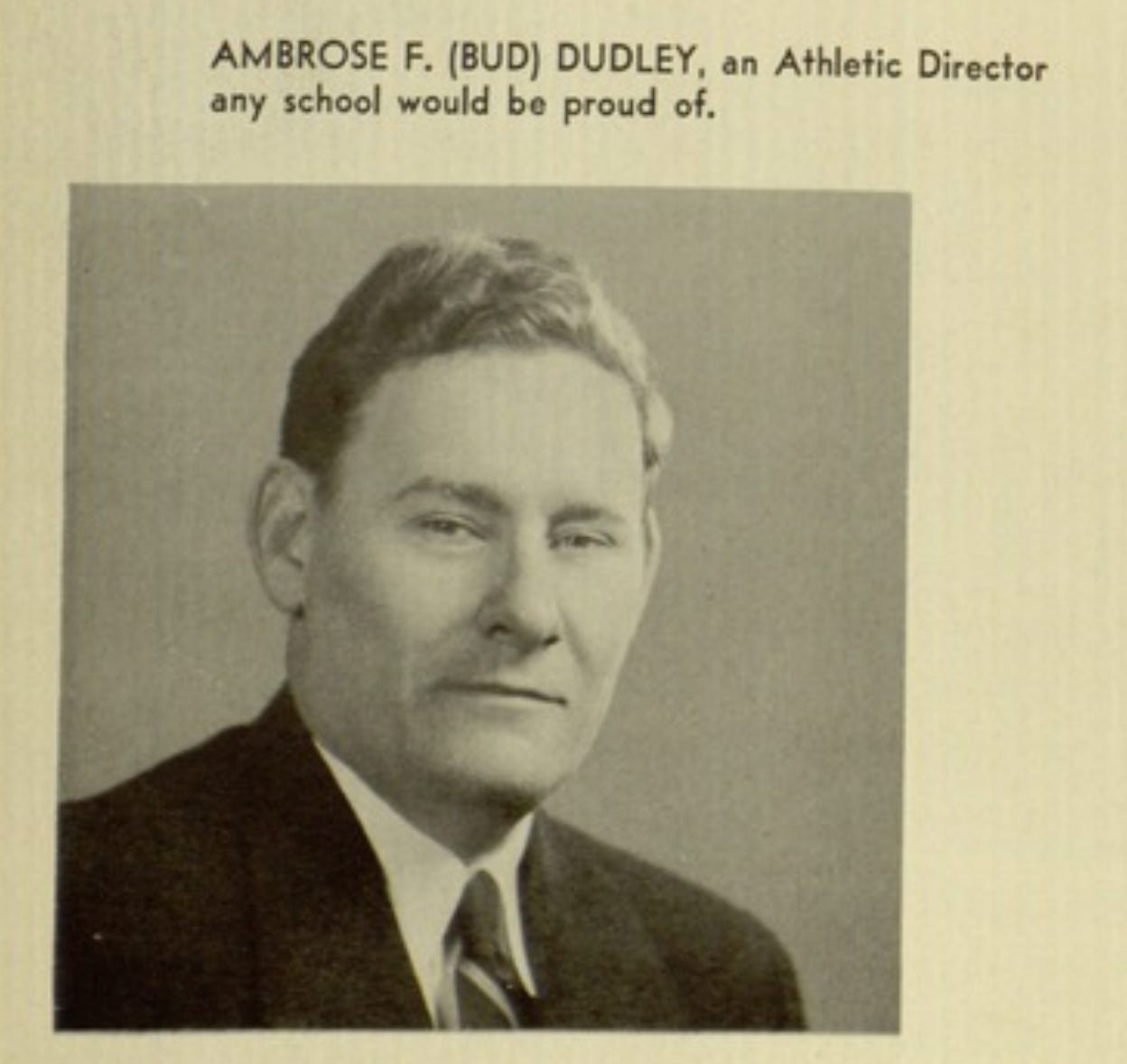

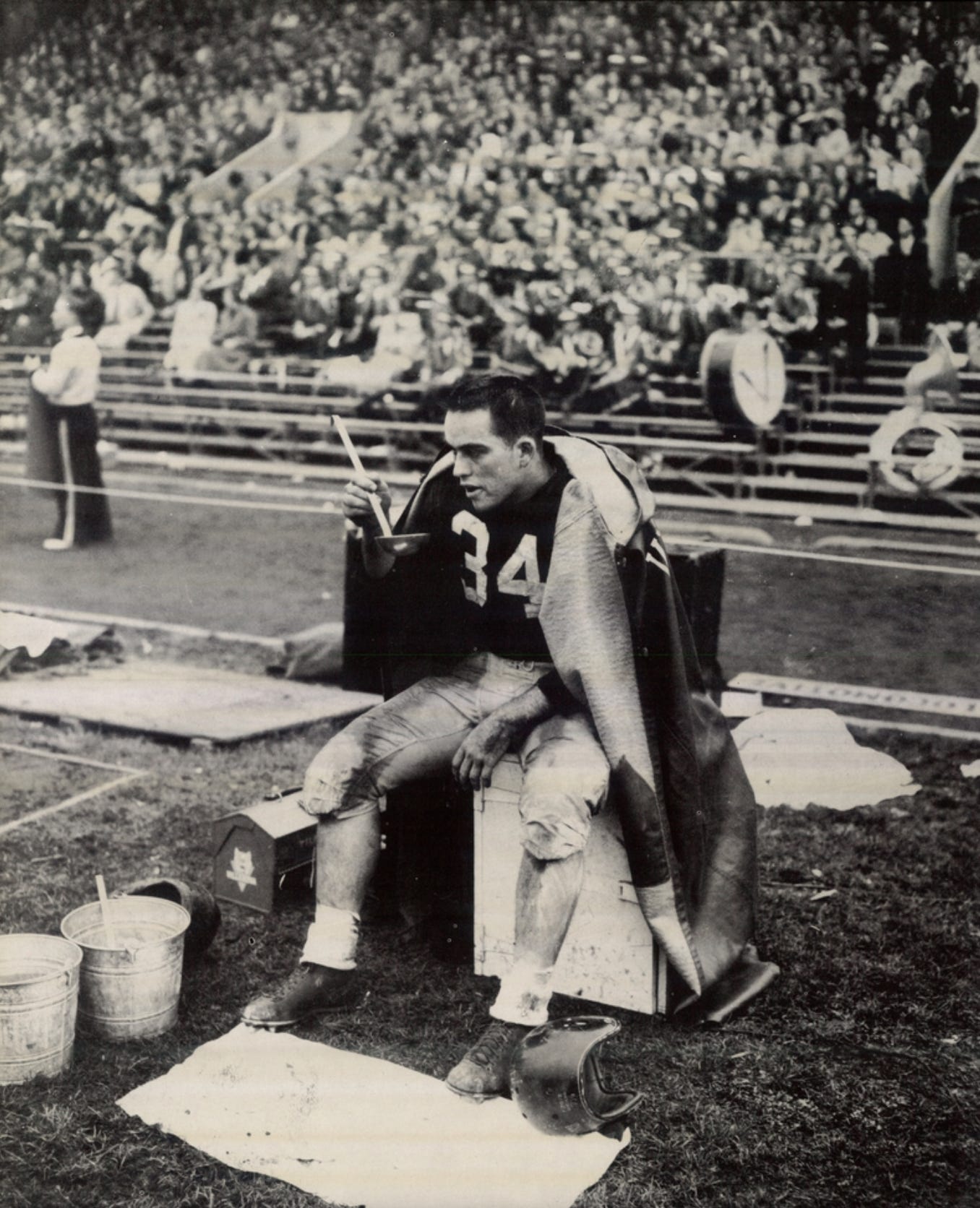
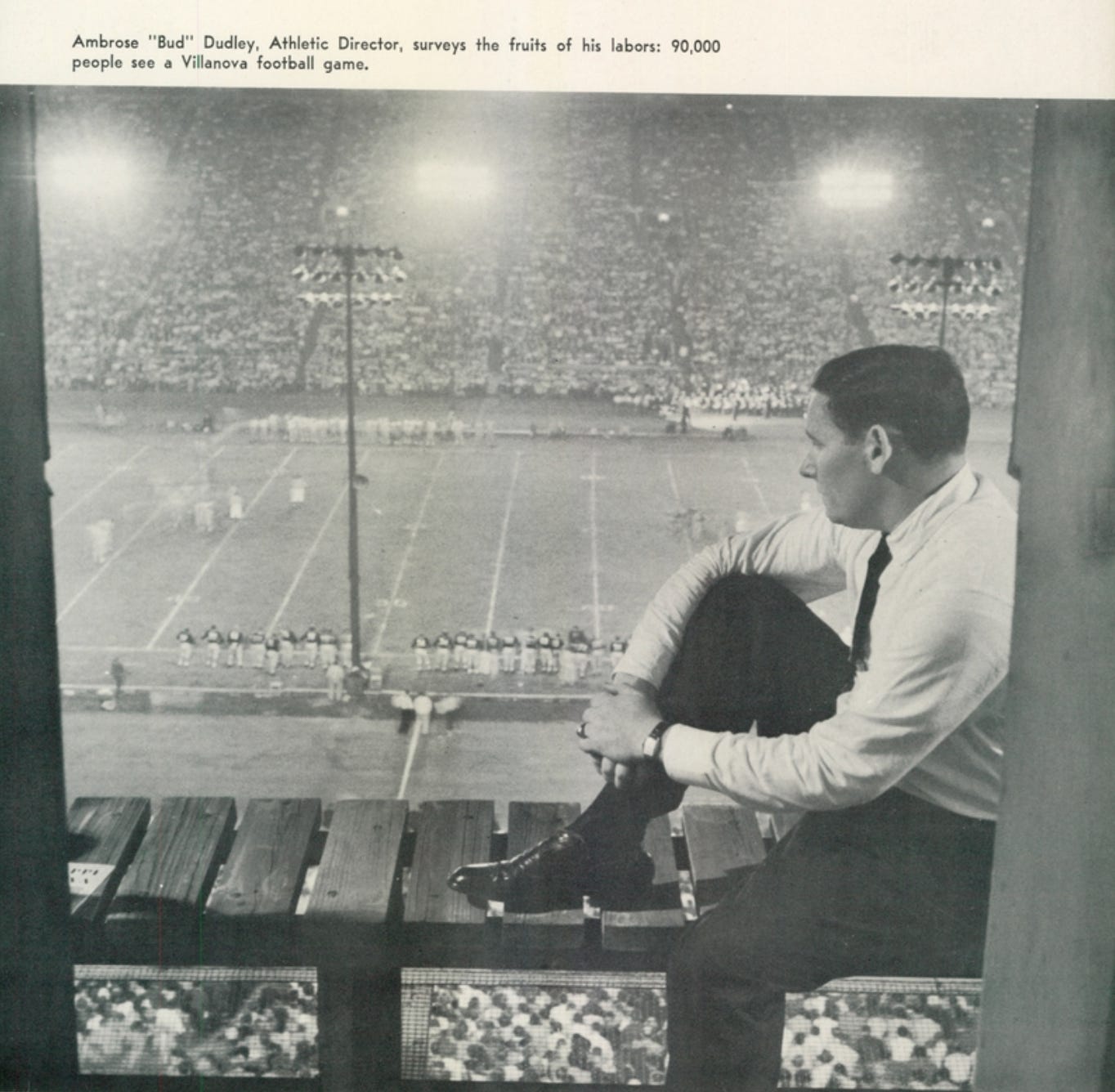
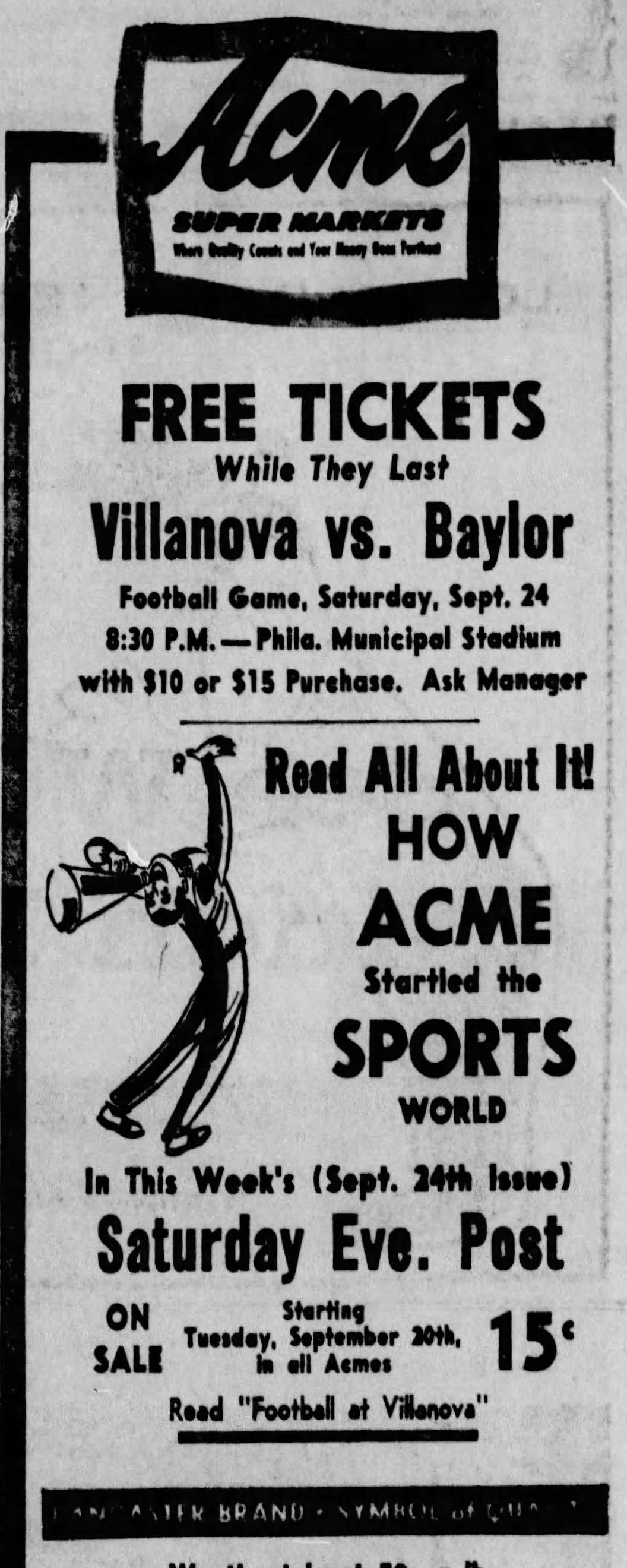
According to the historical Consumer Price Index, $10 in September 1953 is equivalent to $119 today. So you had to stock up on quite a few groceries to get the free ticket.
Nice story, it is great hear about innovative people that surround football, whether playing, coaching, or contributing in other ways. Brilliant marketing